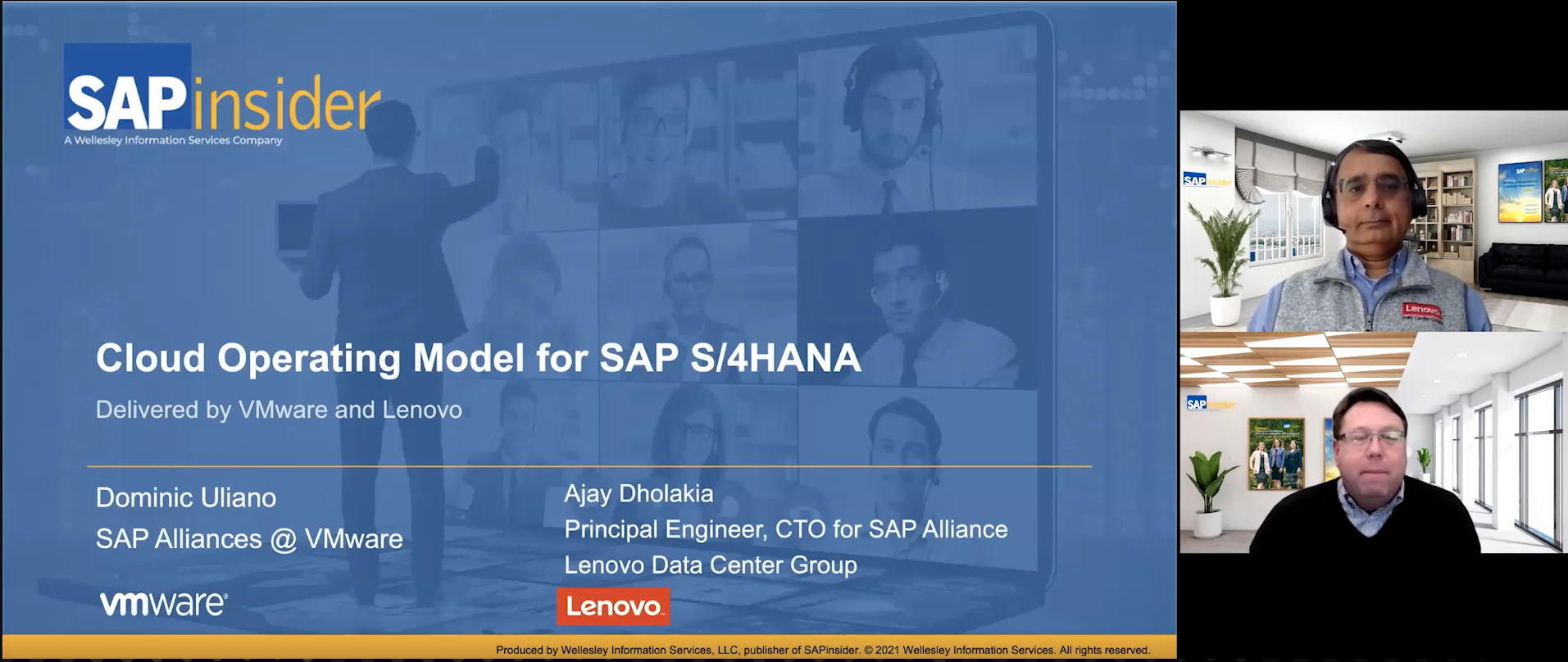Procurement changes help Australian government agencies move to SAP S/4HANA faster
Meet the Authors
Key Takeaways
⇨ The new government-wide APS ERP procurement approach enables departments and agencies to choose their own SAP S/4HANA journey
⇨ APS ERP replaced GovERP, which favoured a centralised ERP system for all government agencies
⇨ DXC Technology details how it worked with a major federal department to kickstart a staged S/4HANA migration
The Australian Government last year announced it was replacing its enterprise resource planning (ERP) procurement program, GovERP, with a new approach called APS ERP.
Compared to the centralised and consolidated nature of GovERP – also known as the Shared Services Transformation Program – APS ERP allows individual agencies to choose what ERP solution they want and how they want to implement them.
This was followed by SAP signing a new Whole of Government agreement with Australia’s Digital Transformation Agency in May this year. The deal, valued at $152 million, sees SAP continue offering software solutions and services to Australian government agencies for an initial three-year term.
Explore related questions
With these, plus the planned end of support for SAP ECC, government agencies can migrate to SAP S/4HANA in a way that works best for their respective environments.
Mastering SAP spoke to DXC Technology experts with extensive experience providing IT services to Australian Government agencies, about why APS ERP can help agencies move to SAP S/4HANA sooner and how it helped a recent customer kickstart its migration.
DXC Strategic Sales Executive Cloud, ERP and Digital Technology – Federal Government, James Valentine, said the prior GovERP program restricted agencies’ ability to move to the cloud and to SAP S/4HANA because there was a mandate to go through the program first.
“APS ERP puts the onus back on each of the agencies to make their own decisions; it also opens the door to other technology vendors in the marketplace; and gives the smaller agencies the authority to forge their own path or fit into a shared service model – dependent on comfort levels not external pressure,” Valentine told Mastering SAP.
“The previous GovERP model was based on a big-bang approach whereas APS ERP is very much taking a step-by-step process so agencies can forge their own path and decide what’s best for them, as well as align themselves with the approval process and business case process that they would need to go through to get funding.”
Specific to SAP, Valentine added that agencies that have been clients for many years won’t be as willing to spend more money to change their platform.
“If it works, why change it? Get it to the cloud, make it work even better, get the innovations in there, make sure you’ve got everything that is going to enhance your system and continue to modernise it rather than chop and change the system to something else when that’s going to be costly and you’ll probably need to retest all your integrations,” he said.
One consideration for government agencies is data sovereignty, according to Valentine. “Data sovereignty can be a tricky question within the APS and certainly some agencies would have a higher requirement for classification on their data,” he said.
“There is also a conversation about a higher level of classification which leads to the use of a protected cloud instance can cause functional issues – for instance, an agency may not be able to get all of the functionality of an HXM product because you can’t access online learning modules.”
DXC Growth Director of SAP Practice Samuel Atkinson said risk mitigation was also another key consideration, making sure all stakeholders are heard and everything is addressed in terms of planning projects to a very detailed level to make sure that everything is done in the best way.
DXC is currently working with a major federal government department – which has taken a step-by-step approach to switch from SAP ECC to SAP S/4HANA – helping the department achieve a clean core and get to a streamlined and standard core system.
“What APS ERP has done is give government agencies the opportunity to say that they can take their time with their ERP transformation projects and not feel that they need to jump on cloud right away,” Valentine said.
“They’ve got an opportunity to dictate what their future system is going to look like and what that includes and the process that they go through.”
He added the department was driven by both SAP’s 2027 end of support plans and an executive mandate for all government agencies to get to the cloud sooner.
“They have an impetus to move to the cloud and hopefully before support maintenance costs go through the roof,” Valentine said.
Atkinson said the target end-state of clean core was very important for the department. “They’ll be able to get to a streamlined and standard core system which is free from any unnecessary customisations,” he said.
“[Clean core] will give the department greater ability to do upgrades much quicker and easier and will be in alignment with SAP’s future innovations.”
With a clean core, agencies can bring custom developments and extensions onto the SAP Business Technology Platform (SAP BTP), instead of maintaining them directly in the core system.
“By using a side-by-side approach, agencies are able to have the extensions in SAP BTP and this will keep the core S/4HANA system clean and untouched and easy to upgrade in the future,” Atkinson added.
“By moving to SAP S/4HANA with a clean core, the federal government agencies will be able to achieve a lean, efficient and future-ready S/4HANA environments that will support their operational and strategic goals.”





